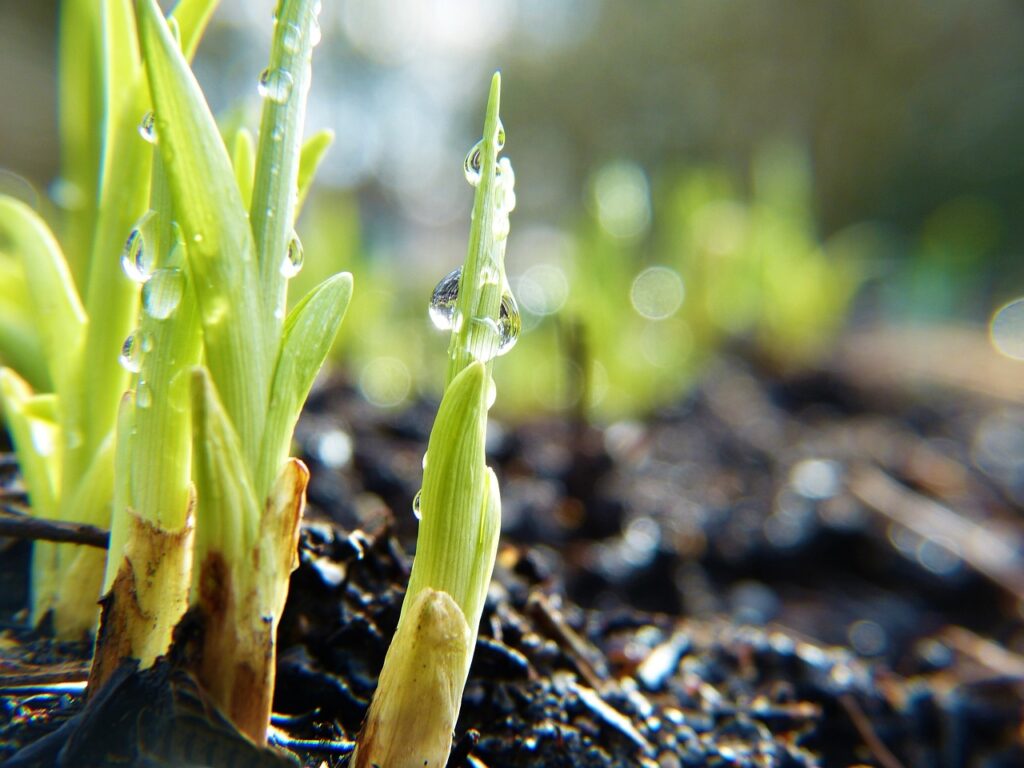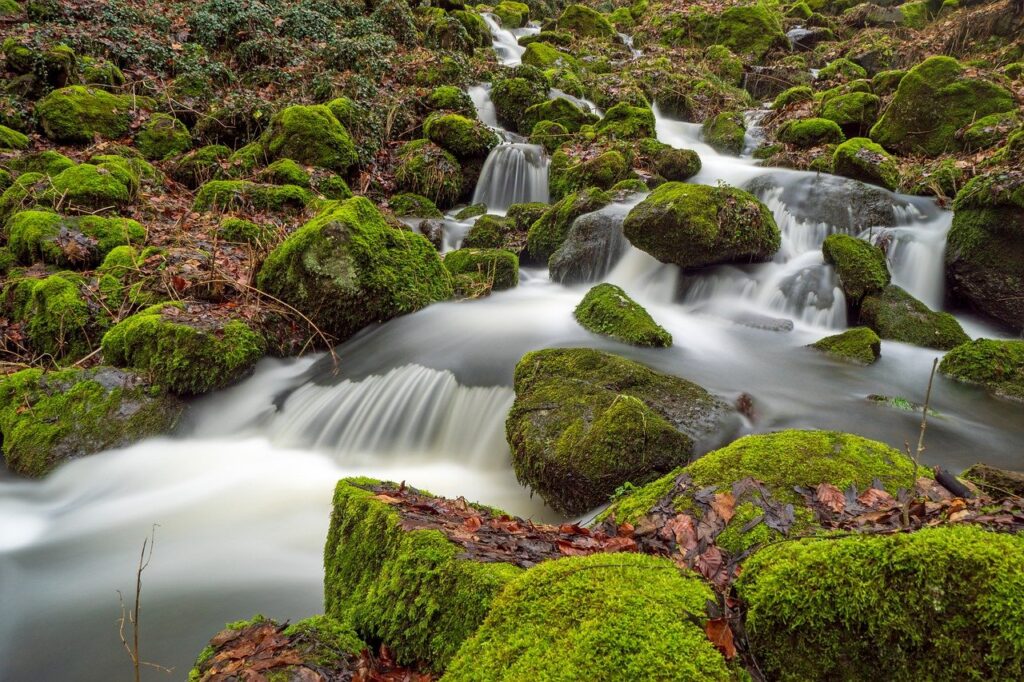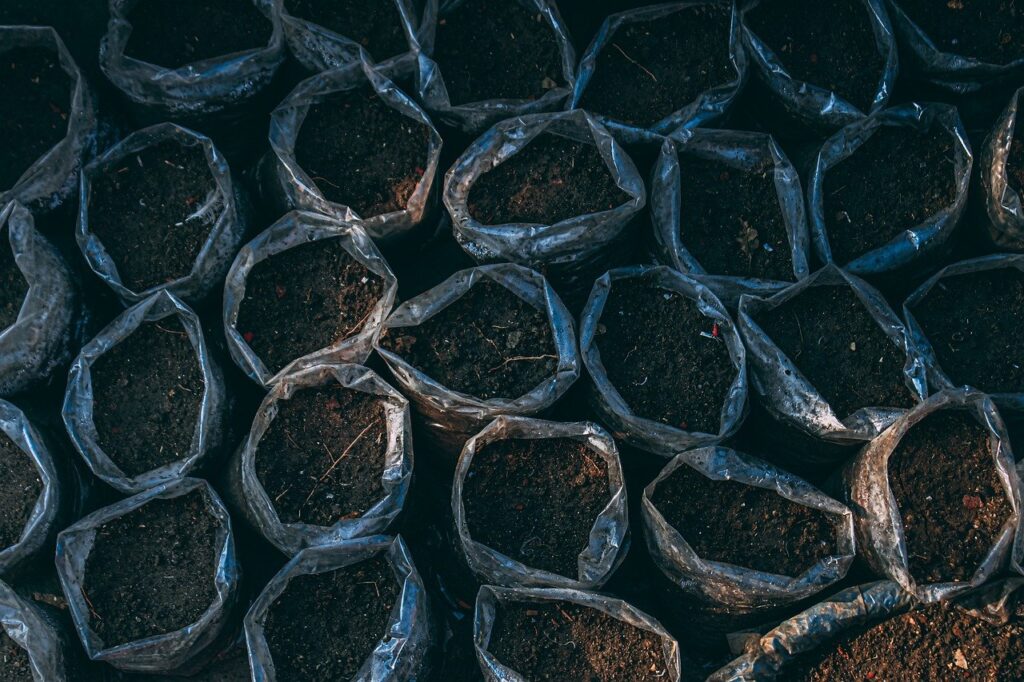Mushrooms, with their remarkable ability to break down organic matter and absorb contaminants, have emerged as promising agents in environmental remediation efforts. This burgeoning field, known as mycoremediation, harnesses the natural talents of fungi to cleanse polluted soil, water, and air. At the heart of mycoremediation lies the use of mushroom spores, the microscopic seeds of fungi, which hold tremendous potential for addressing environmental challenges. In this comprehensive guide, we’ll explore the applications of mushroom spores in mycoremediation and their role in purifying contaminated environments.
Understanding Mycoremediation:
Mycoremediation is a sustainable and eco-friendly approach to environmental cleanup that utilizes fungi to degrade or sequester pollutants. Unlike traditional remediation methods, which often rely on costly and resource-intensive techniques, mycoremediation offers a natural and cost-effective solution to environmental pollution. Fungi possess enzymes and metabolic pathways capable of breaking down a wide range of contaminants, including petroleum hydrocarbons, heavy metals, pesticides, and industrial pollutants.

The Role of Mushroom Spores:
At the heart of mycoremediation projects are mushroom spores, the reproductive units of fungi. These tiny structures, often dispersed in the environment through the release of mature mushrooms, serve as the starting point for fungal colonization and remediation activities. When mushroom spores land on contaminated substrates such as soil or water, they germinate and give rise to mycelium—the vegetative body of the fungus. Mycelium then extends its network of hyphae, secreting enzymes and metabolizing pollutants in the process.
Applications in Soil Remediation:
Mushroom spores hold great promise for remediating contaminated soil, where they can target a variety of pollutants, including hydrocarbons, pesticides, and heavy metals. Fungi such as oyster mushrooms (Pleurotus spp.) and white-rot fungi (e.g., Trametes versicolor) are particularly effective in breaking down complex organic compounds, while species like the king stropharia (Stropharia rugosoannulata) excel in decomposing woody materials. By inoculating contaminated soil with mushroom spores, researchers and environmental engineers can initiate the process of mycoremediation, transforming toxic contaminants into harmless byproducts.

Applications in Water Remediation:
In addition to soil remediation, mushroom spores also hold potential for purifying contaminated water bodies. Fungi such as certain species of oyster mushrooms and mycorrhizal fungi have been shown to effectively filter and metabolize pollutants in aquatic environments. By introducing mushroom spores into polluted water bodies or constructing artificial wetlands inoculated with fungal mycelium, researchers aim to enhance water quality and restore ecological balance. This approach offers a natural and sustainable alternative to conventional water treatment methods, with the added benefit of promoting biodiversity and ecosystem health.
Linking to Other Articles:
To further explore the potential applications of mushroom spores in mycoremediation, readers can delve into related articles such as:
“FAQs About Mushroom Spores“: This article provides insights into the role and significance of mushroom spores in fungal biology, laying the groundwork for understanding their applications in mycoremediation.
“Tips for Storing Mushroom Spores“: Learn essential tips for storing mushroom spores to maintain their viability and ensure successful inoculation in mycoremediation projects.
“The Science Behind Mushroom Spore Germination“: Explore the biological processes underlying mushroom spore germination and how they contribute to mycoremediation activities.
“Mushroom Spore Prints vs. Syringes: Pros and Cons“: Compare different methods for obtaining and storing mushroom spores, considering their practical implications for mycoremediation projects.
By exploring these articles alongside the topic of mycoremediation, readers can gain a comprehensive understanding of how mushroom spores can be harnessed for environmental remediation purposes, contributing to the restoration and preservation of ecosystems worldwide.
Conclusion:
The use of mushroom spores in mycoremediation represents a promising frontier in environmental science and engineering. By leveraging the natural talents of fungi, researchers and environmental professionals can address environmental pollution in a sustainable and cost-effective manner. Through the inoculation of contaminated soil and water with mushroom spores, mycoremediation projects aim to transform toxic pollutants into harmless byproducts, restoring ecological balance and promoting environmental health. As we continue to explore the potential applications of mushroom spores in mycoremediation, we unlock new possibilities for addressing the complex challenges of pollution and environmental degradation, paving the way towards a cleaner and more sustainable future.

